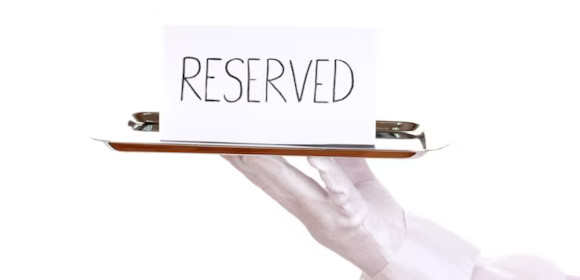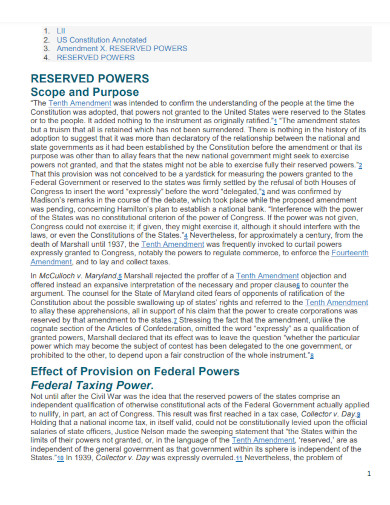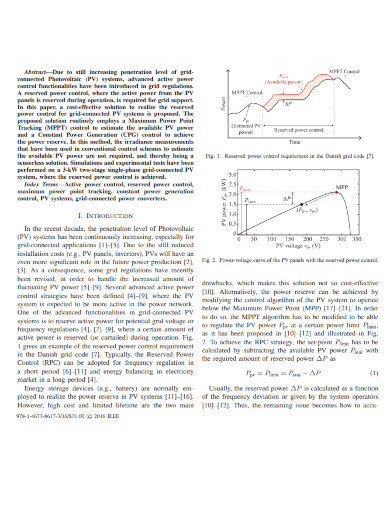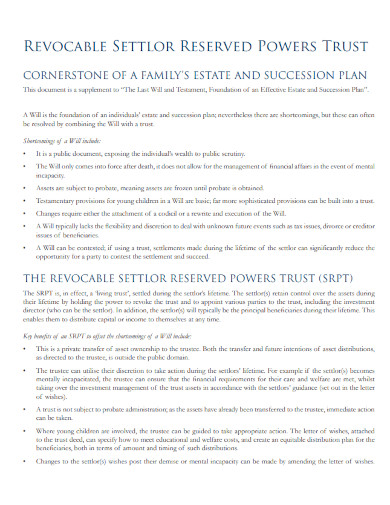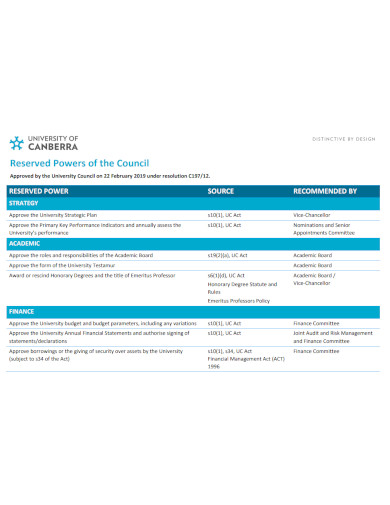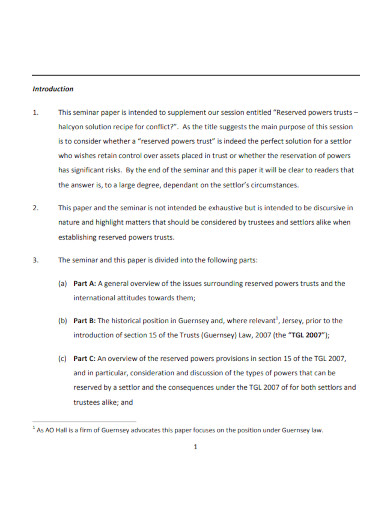6+ Reserved Powers Examples to Download
Reserved powers are a fundamental concept in the field of constitutional law that refers to the powers that are not explicitly granted to the federal government in the US Constitution but are instead reserved for the states or for the people. This means that certain powers, such as concurrent powers, and the power to regulate commerce within a democratic state or to establish a public school system, are left to the discretion of individual states rather than being granted to the federal government. The idea of reserved powers was an essential component of the US Constitution’s design, reflecting the founders’ desire for checks and balances of power between the federal government and the states in order to protect individual liberties and prevent a concentration of power in any one entity. This article will explore the concept and characteristics of reserved powers in detail and how they were established.
1. Reserved Powers Scope and Purpose
2. Reserved Powers and Fundamental Corporate Changes
3. Sample Reserved Powers
4. Sensorless Reserved Power Control Strategy
5. Revocable Settlor Reserved Powers Trust
6. Reserved Powers of the Council
7. Reserved Powers Trusts
What are Reserved Powers?
Reserved powers refer to the powers that are not delegated to the federal government by the US Constitution and are therefore reserved for the states or for the people. These powers are specifically set aside by the Tenth Amendment to the US Constitution, which states that “the powers not delegated to the United States by the Constitution, nor prohibited by it to the States, are reserved to the States respectively, or to the people.”
How are Reserved Powers established?
The establishment of reserved powers in the United States was a gradual process that involved a number of key socio-historical and legal developments. Here are some of the key steps in the establishment of reserved powers:
Step 1: Articles of Confederation
The first governing document of the United States, the Articles of Confederation, established a loose alliance of sovereign states with limited federal resume powers. Under the Articles, the federal government had no power to tax, regulate commerce, or enforce laws, and most authorities were reserved for the states.
Step 2: Constitutional Convention
In 1787, delegates from the states convened in Philadelphia to draft a new constitution that would create a stronger federal government. The resulting US Constitution divided powers between the federal government and the states, with certain powers delegated to the federal government and others reserved to the states or the people.
Step 3: Ratification
The Constitution was ratified by the states in 1788, but several states only agreed to do so on the condition that a Bill of Rights be added to protect individual liberties. The Tenth Amendment, which explicitly reserves powers to the states or the people, was added as part of the Bill of Rights in 1791.
Step 4: McCulloch v. Maryland
In 1819, the US Supreme Court issued a landmark decision in McCulloch v. Maryland, which upheld the constitutionality of the federal government’s power to establish a national bank. The Court also held that the federal government possessed implied powers not specifically enumerated in the Constitution, as long as those powers were necessary and proper to carry out its enumerated powers.
Step 5: Nullification crisis
In the 1830s, several southern states attempted to nullify federal laws they deemed unconstitutional, including tariffs and other economic regulations. President Andrew Jackson and other federal officials rejected nullification as unconstitutional, arguing that the federal government possessed the final authority to interpret the Constitution.
Step 6: Dual federalism
In the late 19th and early 20th centuries, the US Supreme Court adopted a doctrine of “dual federalism,” which held that the federal government and the states each had their own separate spheres of authority and should not interfere with each other’s jurisdiction. This approach limited the federal government’s power and allowed states to regulate many aspects of public life, including labor, commerce, and educational strategic plan.
FAQs
What are some examples of reserved powers?
Examples of reserved powers include the power to regulate intrastate commerce, establish and maintain a public school system, regulate land use and zoning, and oversee public health and safety. These powers are reserved to the states or to the people under the Tenth Amendment of the US Constitution.
How are reserved powers different from delegated powers?
Delegated powers are those powers that are specifically granted to the federal government by the US Constitution, such as the power to regulate interstate commerce and to coin money and prevent financial crimes like money laundering. Reserved powers, on the other hand, are those powers that are not delegated to the federal government and are therefore reserved for the states or the people.
Why were reserved powers included in the US Constitution?
The framers of the US Constitution believed that it was important to limit the power of the federal government and ensure that the states retained a significant degree of autonomy in order to protect individual liberties and prevent a concentration of power in any one entity. Reserved powers were therefore included in the Constitution as a way of preserving a balance of power between the federal government and the states and allowing for a corrective action plan.
Today, reserved powers continue to play a critical role in American governance, providing a foundation for the division of powers between the federal government and the states and ensuring that power is distributed among various entities in order to safeguard the rights and freedoms of all citizens.


